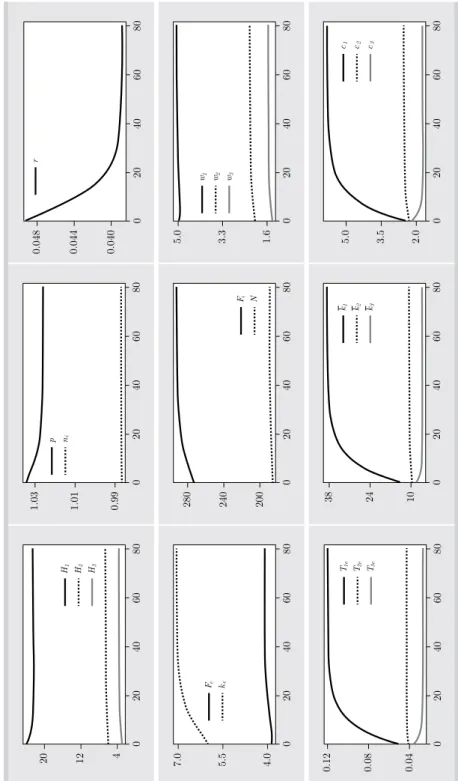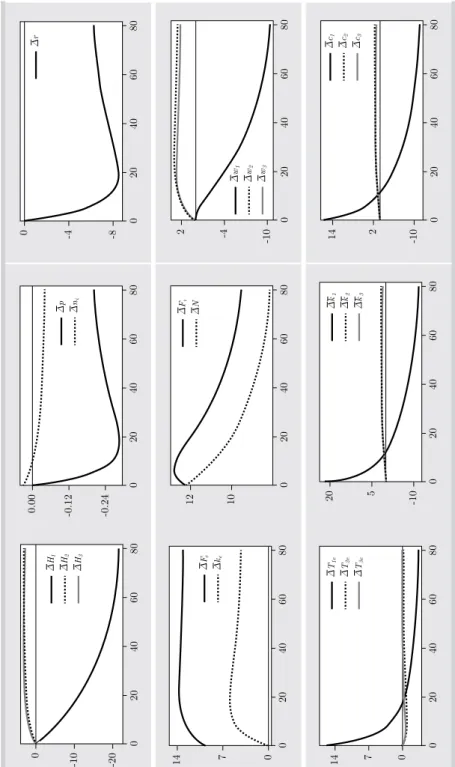Income and wealth distribution with physical and human capital accumulation : extending the Uzawa Lucas model to a heterogeneous households economy
Texto completo
Figure




Documento similar
The coefficients of the proxy for household income are negative for kerosene, solar and others implying that with an increase in income, households are less likely to
This paper is a first step towards learning about the implications of unemployment with regard to the combination of consumption expenditures and time use within households. It
The economy begins in equilibrium: thus the firm is producing at the point where marginal cost equals marginal revenue (point A in the diagram). At the existing average price for
Analyzing the impact of institutional factors, capital accumulation (human and physical), foreign investment, economic growth and other indicators of economic development, it
We found low levels of education and wealth to be associated with poorer health at baseline relative to higher levels of education and wealth, but with little effect on the rate
To illustrate the previous point more clearly, consider the model with heterogeneous and egocentric beliefs. Intuitively, we predict that cold and warm proposers make large
We propose in this work to push the Zel’dovich approxima- tion to its limits by extending it with effective models, which can compensate and alleviate the missing
It takes as a point of departure the main mod- els of the political-economy literature on education (Saint-Paul and Verdier 1993; Perotti 1993; Fernandez and Rogerson 1995).
